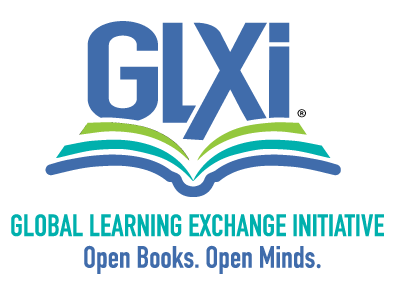Dyslexia in the Classroom - GLXi Teacher Workshop
Did you know that an estimated one out of every seven kids worldwide struggle with dyslexia?
Dyslexia, which is characterized by difficulties with accurate and/or fluent word recognition and by poor spelling and decoding abilities, is a lot more common than you think.
GLXiⓇ teachers know this, because they have experienced its prevalence firsthand. Therefore, they were truly excited as they participated in our recent teacher workshop – which gave tips for teaching to students with dyslexia.
“I really enjoyed the workshop,” said Miriam Magali Choxin Socorec, who teaches first grade at the Escuela Oficial Rural Mixta Centro América. “I am very happy and have many ideas to support my students who face difficulties. Now I know how to apply these strategies and identify possible cases of dyslexia to give them more attention.”
GLXi’s 2023 assessments identified phonemic segmentation fluency as an area of concern, with 35% of teachers reporting specific reading difficulties in their students – with some suspecting dyslexia.
Undiagnosed dyslexia can lead to problems in reading comprehension and a reduced reading experience, which can impede a student’s vocabulary abilities and other learning processes.
It is therefore essential for teachers to recognize the signs of dyslexia – and to know how to adapt their teaching strategies for students struggling with it. This becomes particularly important for a program like GLXi’s Open Books, Open Minds, which is literacy focused.
The workshop was led by Andrea Tumax, coordinator of GLXI’s assessment and impact program, educational psychologist, and special educator with 10 years of experience working with children with learning difficulties.
It lasted two hours and was conducted via Zoom. It was also recorded and made available on YouTube for teachers who could not attend live.
Inside the Dyslexia Workshop
The workshop was filled with questions, reflecting the teachers' curiosity and their desire to better understand how to support students with dyslexia.
Veteran teachers joined with recent teacher graduates to learn more about the condition and how to address it effectively in the classroom.
For the more experienced teachers, it was a chance to participate in a workshop specifically focused on issues they have identified in their students over the years.
For newer OBOM teachers, it was not only a chance to learn additional skills, but also to hear from those who have witnessed dyslexia in the classroom over many years of teaching.
The combination of experience and fresh perspectives enriched the workshop environment, creating a collaborative and dynamic learning atmosphere.
Teachers exchanged anecdotes and strategies they have used in their classrooms, resulting in a valuable bank of resources and practical advice. There were also interactive activities and simulations that allowed teachers to experience some of the difficulties faced by students with dyslexia.
This took the workshop beyond just the theoretical, allowing for a practical, hands-on learning experience that teachers can now take directly to their classrooms.
Participants were left with a deeper and more empathetic understanding of the condition, which will help motivate them to seek innovative and effective ways of supporting students.
Understanding Dyslexia
Having a dyslexia specialist leading the workshop gave teachers firsthand information from an expert in the field. Teachers were able to share their concerns and questions, such as:
- What are the early signs of dyslexia in young children?
- How is dyslexia different from other learning difficulties?
- What assessments or tests are necessary to diagnose dyslexia?
- Is it possible for a child to have both dyslexia and other conditions, such as ADHD?
They were also given valuable tools for addressing dyslexia in the classroom.
Among the strategies taught to the teachers were processing speed games.
Activities that challenge students to process information quickly – such as timed "Word Search" games, or "Letter Sorting" games in which they form words as fast as possible – can help improve language processing speed.
The teachers themselves participated in a fun word search puzzle, which not only demonstrated the effectiveness of the activity, but also brought a lot of enjoyment and engagement to the workshop.
Teachers also learned about the benefits of using Multisensory Methods in their classrooms – i.e., incorporating sight, hearing, touch, and movement into their lessons.
For example, students might use flashcards, write in sand or foam, or utilize interactive educational apps with music.
Also effective is teaching through songs, modeling clay, or incorporating gross motor skills, such as singing and dancing or walking over letters drawn on the floor.
Because these methods engage multiple senses, they can help students with dyslexia better understand and retain information.
We wanted to share this workshop with you because it shows how effective and positive our workshops can be for teachers!
The dyslexia workshop was not only an opportunity for our teachers to acquire knowledge, but also a space for the exchange of experiences and the creation of a learning community committed to improving support for students with dyslexia. You can’t beat that!
You can help support GLXi’s teacher workshops by donating here.
And here are some additional resources for learning about Dyslexia:


